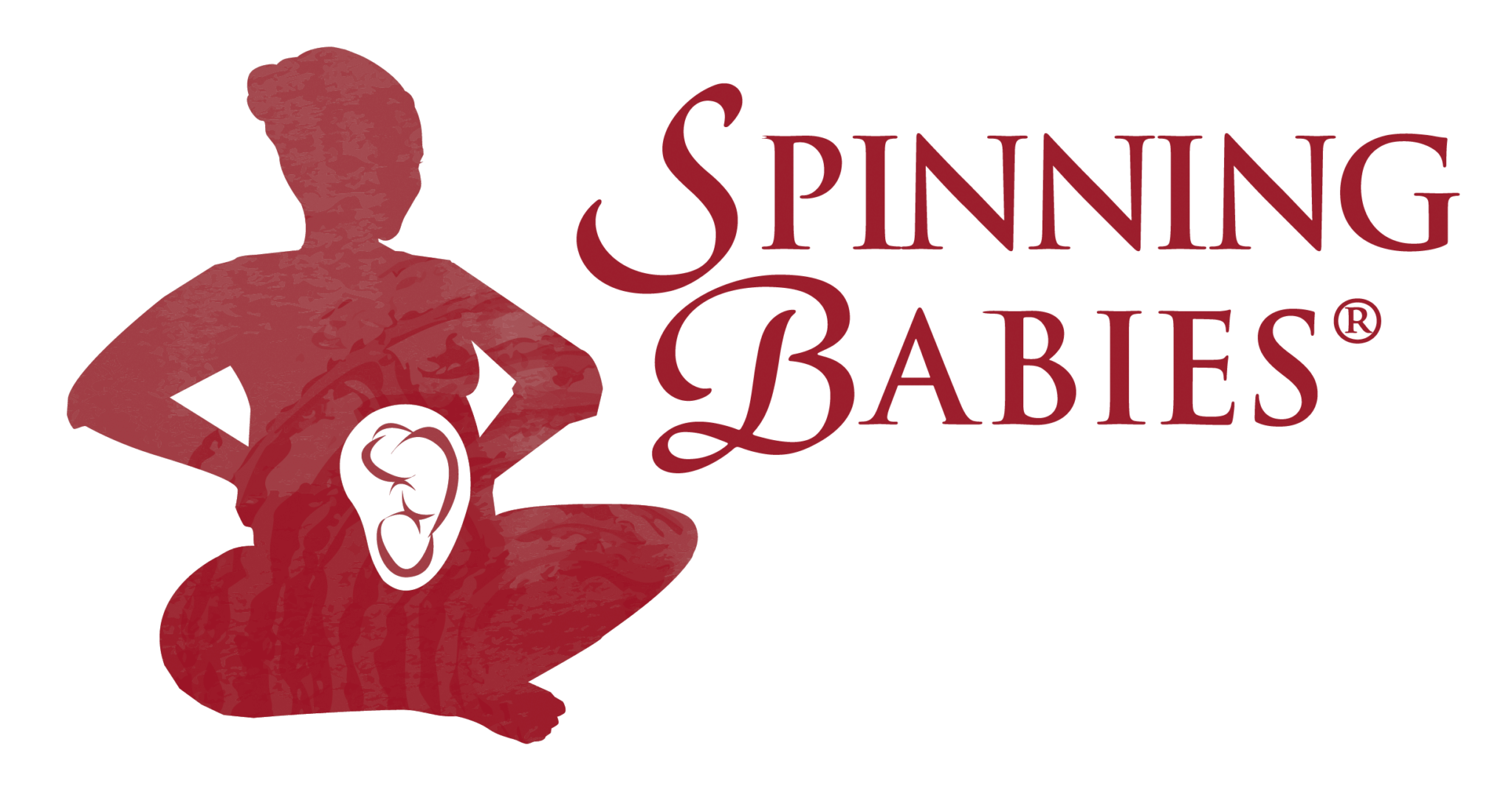A very dear and dynamic midwife from the SW emailed me today asking what breech birth videos might might she share with one of her mothers whose baby is breech at the end of pregnancy. (I’m not much on the word “client” and so far away from the word “patient” that I forget some midwives ever use that word anymore.) For those of you new to the terminology, a breech baby is one that’s lined up to be born buttocks or feet first, rather than the common head down position.
While her email was in my inbox, I was downtown with two friends who are sisters. We were there because one of the sisters is an expectant mom whom I’d photographed Belly Mapping herself in her first pregnancy 7 years ago. Due again next month with her 3rd baby, I’d come last night to her home for belly painting and picture taking, this time by the amazing Tanya Villano of Belly Art. The mom casually said that, when she woke that morning, she felt her baby in a new position, well, we really found the baby in a new position!
So today I tagged along to her prenatal appointment (with another dynamic midwife, this time in the midwest!). I just loved coming along to see her midwife’s first look at her now slightly fading portrait. The smile quickly erupted into a gentle exclamation of “Oh, I hope I don’t find the baby is breech!”
She did.)
We fully expect this baby to flip back head down again, as her two older siblings were breech until 38 weeks. But after the appt., her sister asked, what would she do if the moxibustion, chiropractic, inversions and talking to the baby AND the external cephalic version didn’t work?
The idea that the baby might not flip surprised her sister.
Like so many women at the end of pregnancy (3-4%) are surprised and seemingly thrown off course when they are suddenly making huge decisions on how to birth their breech baby.
There is so much more than watching a video, but here are some links I sent along to the first midwife.
Among these you will see three types of breech birth: Mother on her hands-and-knees and no one touching the baby so that the physiological spiraling of the baby is undisturbed; Mother on her back and the doctors extracting the baby and trying their best to imitate nature without hurting the baby (a common cause of breech birth injuries); and a cesarean breech birth. Cesareans are done for most breech births in this country, but there is statistics to show that long term outcomes of breech babies are just as good if babies are born vaginally to well-screened women with well-trained and experienced providers. I have a breech bibliography posted at SpinningBabies.com


